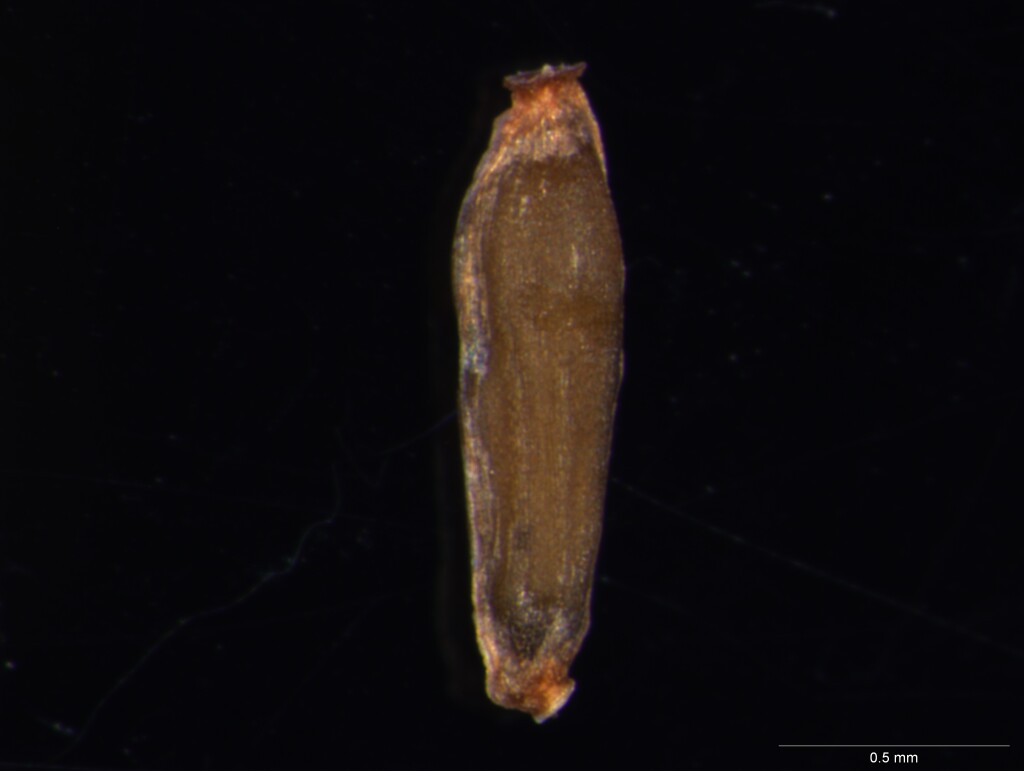Argyrotegium poliochlorum
(N.G.Walsh) J.M.Ward & Breitw.Rhizomatous perennial, sometimes mat-forming. Leaves mostly basal, crowded toward branch-tips, narrow-oblanceolate or -spathulate, with petiole-like base subequal to broader ‘blade’, 1.5–3.5(–5) cm long overall, 1.5–4(–6) mm wide, both surfaces grey-green with moderately dense, appressed cottony hairs. Flowering stems erect, 4–12 cm high (to 20 cm in fruit), with c. 6–12 reduced leaves. Inflorescence a terminal cluster, elongating with maturity. Capitula 3–5(–7), pedunculate, subtended by a reduced leaf, c. cylindric; inner bracts c. oblong, 5–6.5 mm long, obtuse or ruminate at apex, usually with a reddish band just below the straw-coloured tip; bisexual florets 3–7. Cypselas glabrous, c. 1.4–1.6 mm long. Flowers Dec.–Feb.
VAlp. Also NSW, Tas. Known in Victoria from the Snowy Range, Mt Buffalo, Bogong High Plains, and Nunniong and Baw Baw plateaus, but probably more widespread. Usually occurring in Sphagnum mossbeds, wet heathland or wettish grassland communities at altitudes between c. 1400 and 1850 m.
Distinguished from Argyrotegium fordianum by the fewer, narrower capitula, and the grey-green rather than silvery leaves.
 Spinning
Spinning
